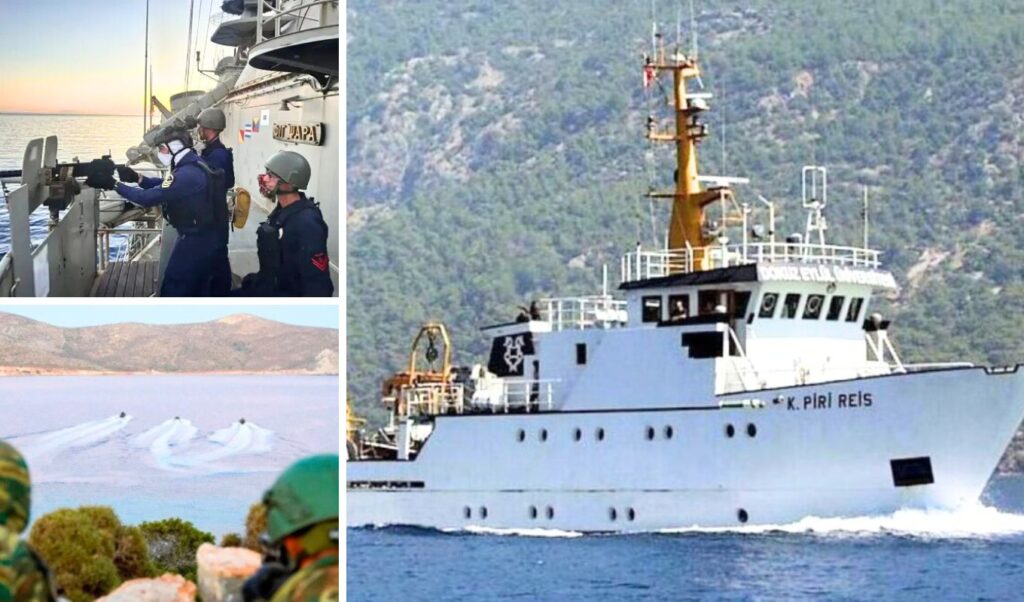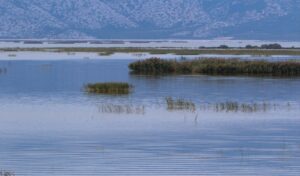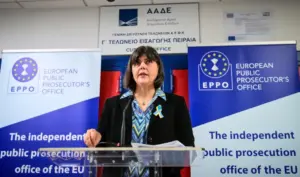There is rich activity in Greek-Turkish relations, with the backdrop of an upcoming meeting between Kyriakos Mitsotakis and Recep Tayyip Erdogan and the focal point being the potential deployment of the Piri Reis in the Aegean, which prompted Ankara’s provocation through the issuance of a related NAVTEX, bringing back to the surface the issue of island demilitarization. Athens responded dynamically and on multiple levels, while also approaching Libya, aiming to take another action to practically nullify the illegal Turkish-Libyan memorandum.
Athens’s resounding response on Piri Reis and the potential Mitsotakis-Erdogan meeting
At the diplomatic level, there appeared to be a certain… ferment, as in a relevant briefing held yesterday afternoon by the Foreign Ministry spokesperson, Lana Zohiou, she emphasized regarding the potential meeting of the Prime Minister, Kyriakos Mitsotakis, with the Turkish President, Recep Tayyip Erdogan, that it “has not been finalized,” referring to the Prime Minister’s Office for any other information regarding the meeting of the two leaders.
Regarding the Piri Reis, as reported by Chrysa Makri, it was emphasized that “a counter-NAVTEX has been issued by Greece for Turkey’s intentions to deploy the ‘Piri Reis’ in the Aegean and until recently there has been no movement from the port of Izmir, where it is located. We are monitoring the issue very closely and in any case Greece ensures its sovereign rights,” supported the Foreign Ministry spokesperson, Lana Zohiou. At the same time, Defense Minister Nikos Dendias commented meaningfully after the completion of KYSEA on the Piri Reis: “Look at a photograph of the ‘Piri Reis’ and you will understand why it was not discussed in the meeting.”
The Armed Forces readiness exercise and Ankara’s irritation
From there onwards, Athens sent readiness messages in the military field as well: As reported by Vasiliki Delimítrou for the Afternoon edition, the decision to proceed with one of the largest and most demanding exercises of recent years, from Evros to Megisti, on orders from the Chief of General Staff, General Dimitrios Choupis, is part of the stricter stance that has been adopted recently against Turkish provocations. The objective of the exercise was the practical testing of immediate response plans in case of crisis and checking the readiness level of all branches, from the Army to the Air Force and Navy. The mobilization extended from the border region of Evros to the Aegean and included the participation of the Special Operations Command, with special units deployed on 30 islands. More than 60 fighter aircraft, helicopters and transport aircraft participated in the air, while the Navy deployed its entire fleet, with frigates, missile boats and submarines executing missions under conditions that resembled real operations.
A key role in the exercise was played by the so-called “Delta Force,” the country’s most flexible and rapid response force. This is an inter-service formation, composed of Special Forces units from the Army and Navy, surface units from the Fleet Command and fighter aircraft from the Tactical Air Force Command. Its structure varies according to the tactical situation, and it includes the 7th Amphibious Assault Squadron, the Special Paratrooper Unit, the Underwater Demolition Command, the 575th Marine Battalion of the 32nd Brigade as well as vessels and fighter aircraft.
It should be noted that the exercise also included the scenario of recapturing an islet, a particularly demanding operational test. In any case, Defense Ministry sources disconnect this readiness exercise from the Turkish NAVTEX, pointing out that similar activities are carried out on a regular basis as part of the Armed Forces’ routine planning. Athens has been closely monitoring Turkish movements from the first moment and, according to competent sources, has examined all possible scenarios. An indication of serious preparation was Friday evening’s – temporary, according to the same sources – withdrawal of two frigates participating in migration flow control missions in the Greece-Libya maritime area.
See photos:
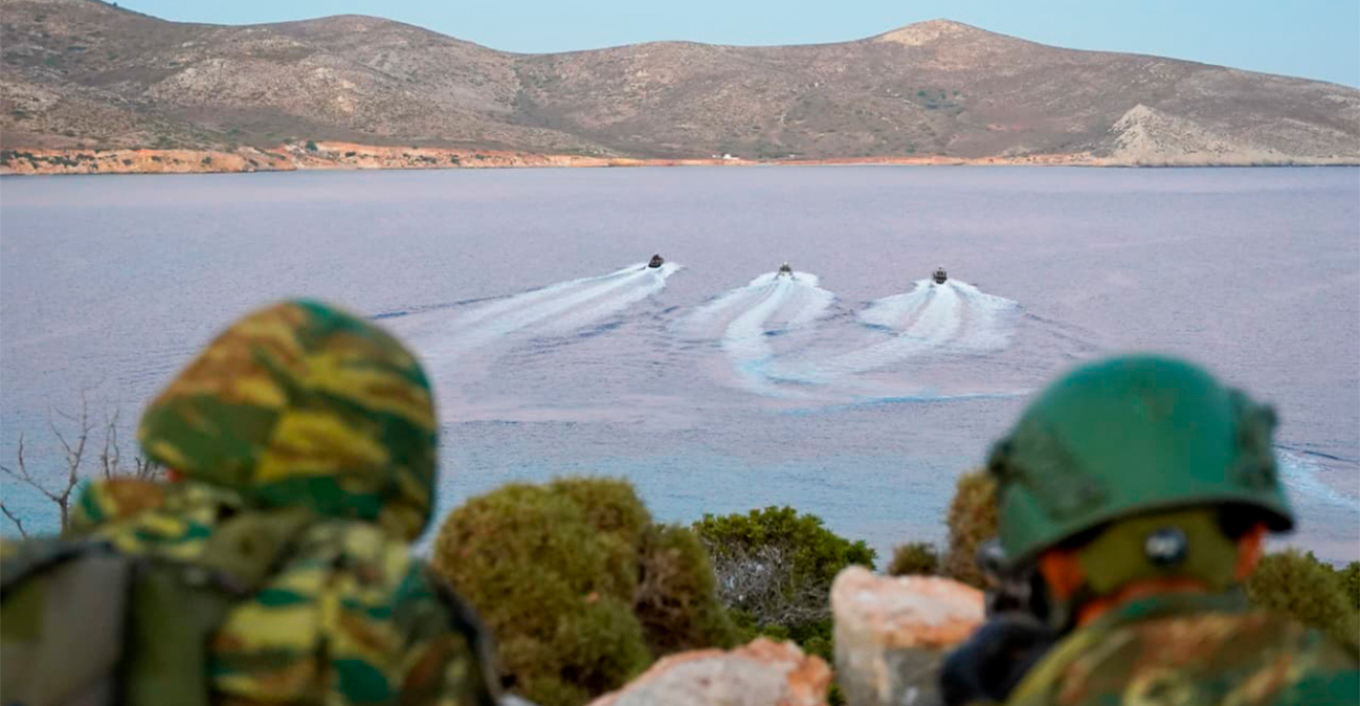
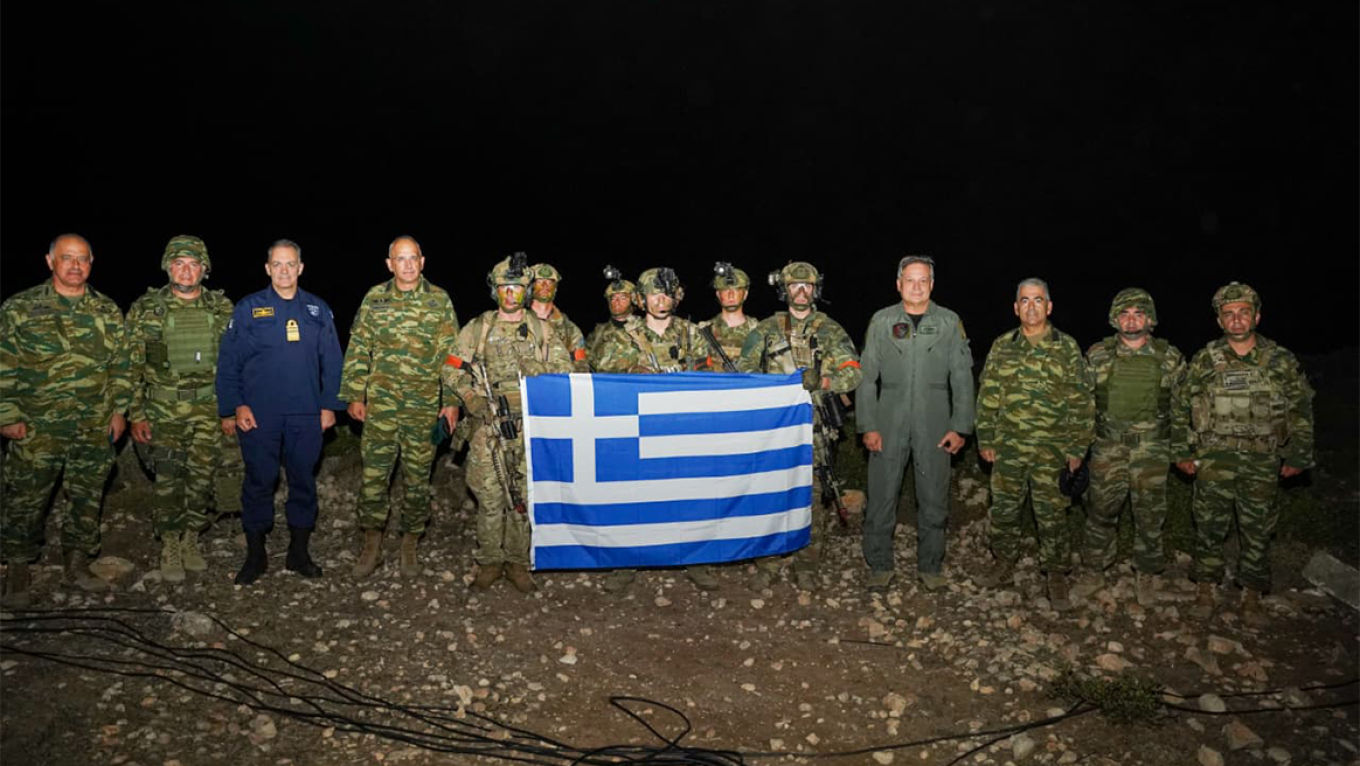
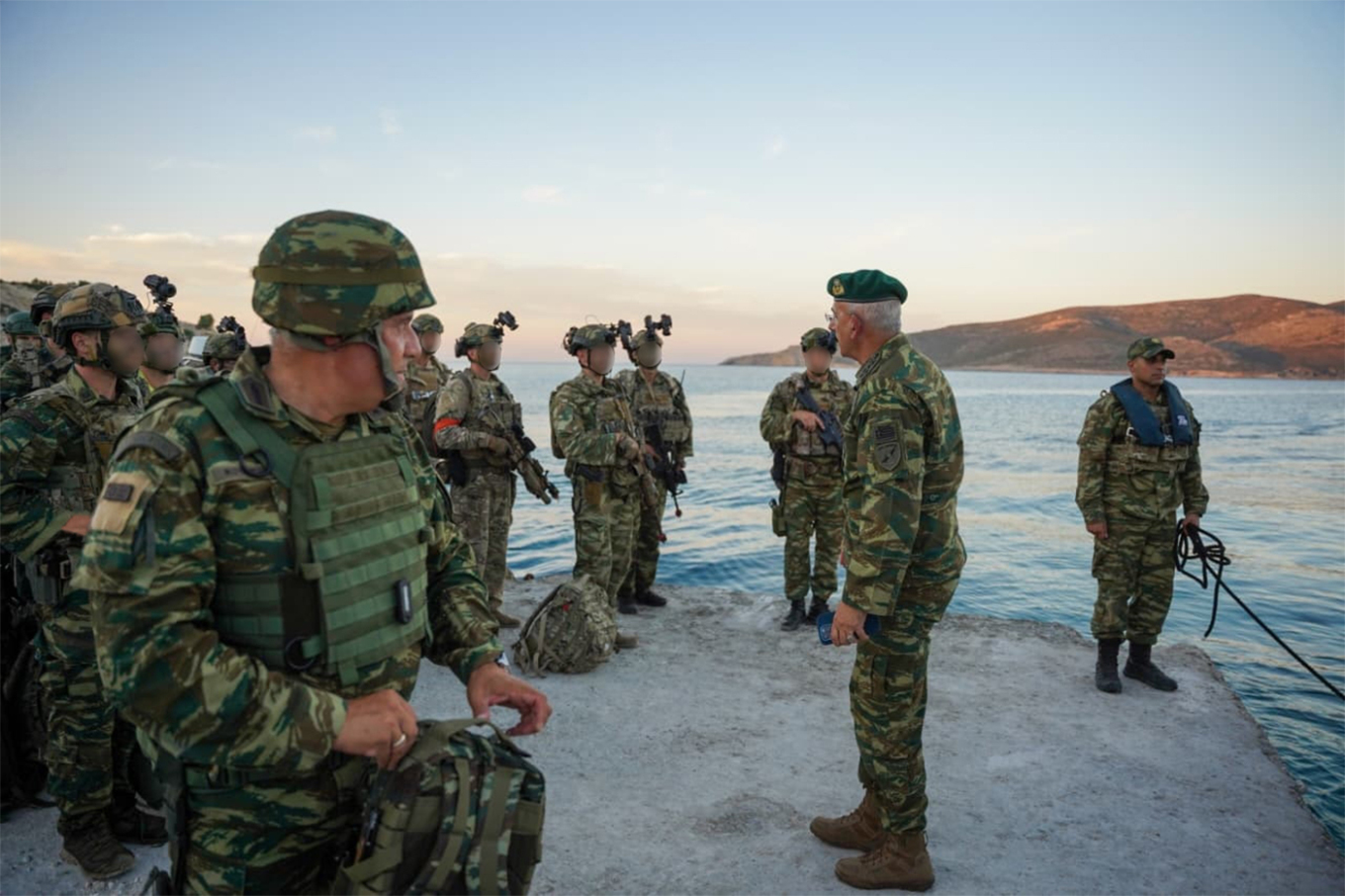


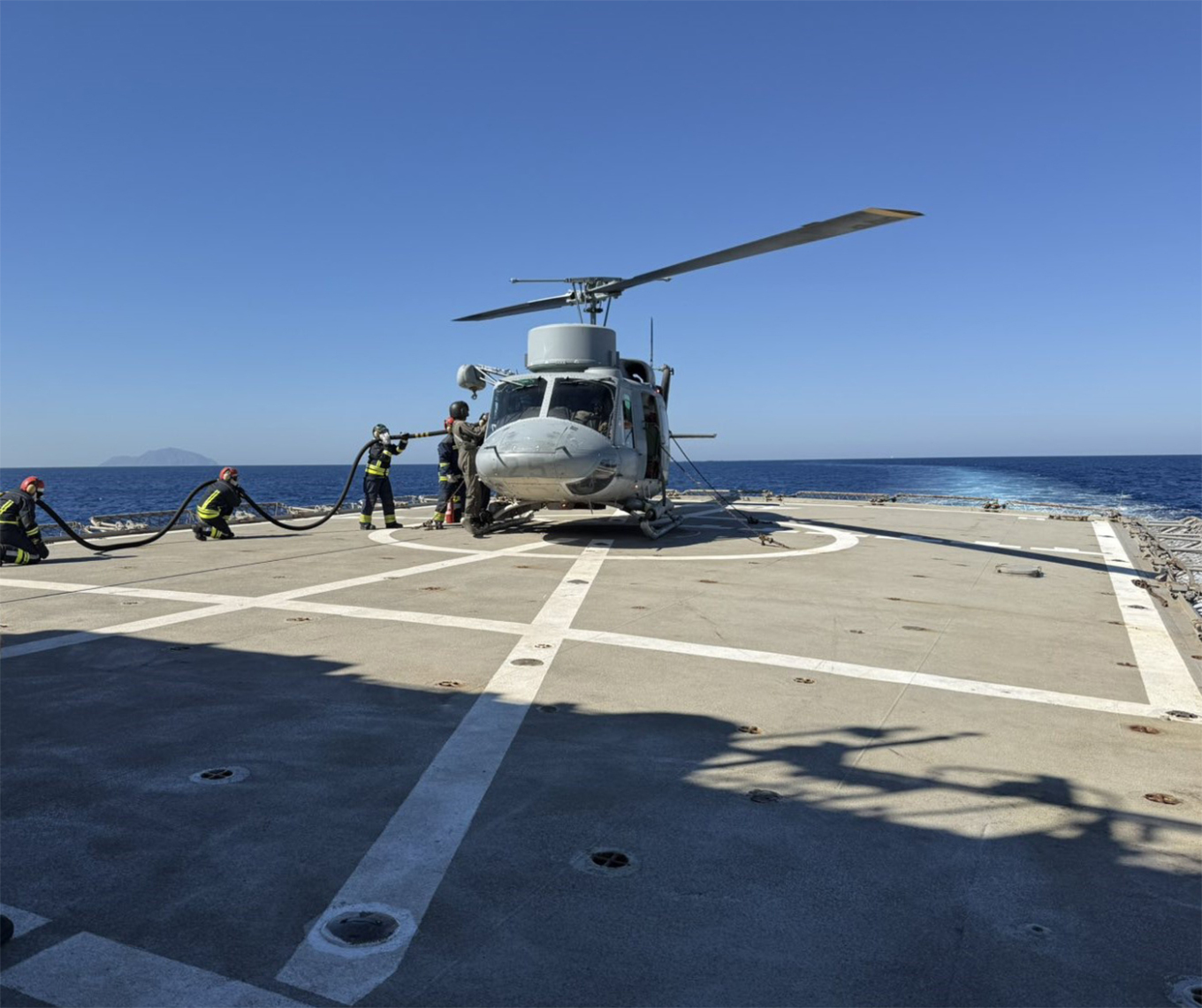
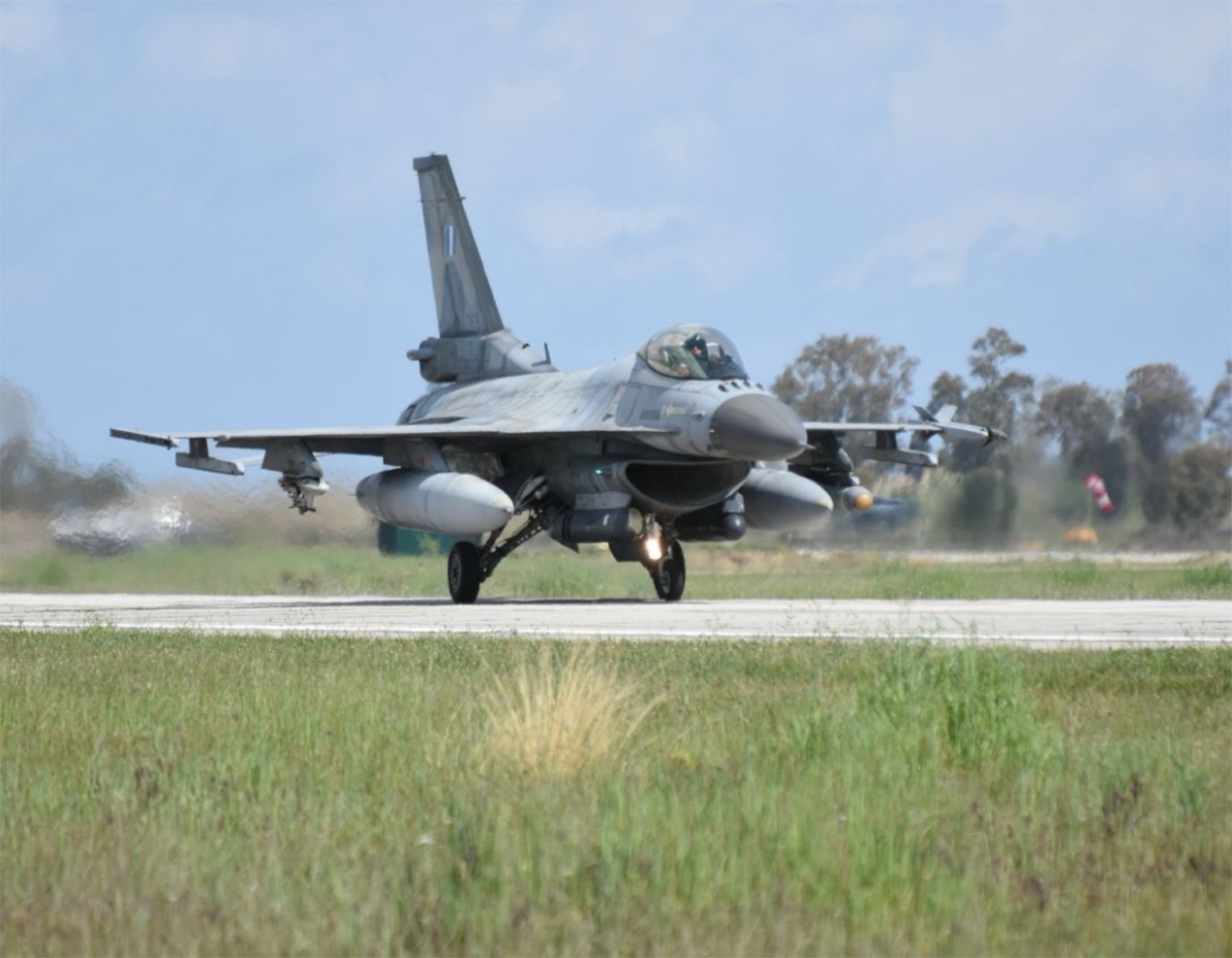
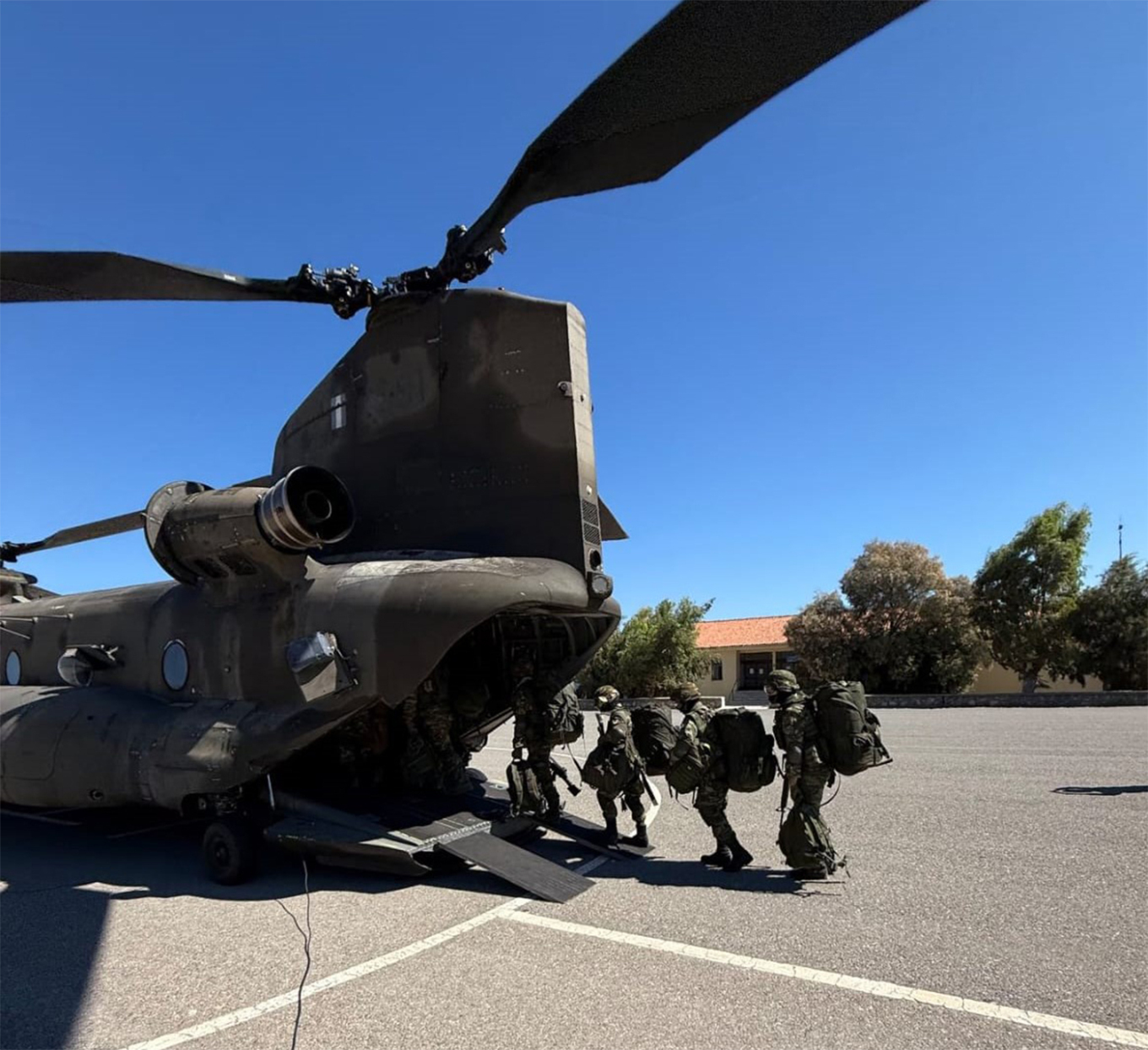

Turkey’s reaction with two successive NAVTEX
This exercise caused intense irritation in Ankara, as the Turkish side responded with the issuance of two successive NAVTEX, bringing back accusations about the demilitarization of Aegean islands and announcing the conduct of naval exercises without firing. At the same time, it has already announced the activation of the oceanographic vessel “Piri Reis” for research, which until yesterday remained anchored at the marina of Izmir. These moves are interpreted as signs of annoyance from Ankara’s side, especially in the aftermath of the expression of interest by American Chevron for exploration and exploitation of hydrocarbons in maritime blocks south of Crete, which has already caused serious upheaval in Turkish foreign policy.
The rapprochement with Libya
At the same time, in continuation of the above, the rapprochement with Libya is also progressing: Particularly significant was the development concerning the initiation of the process for the delimitation of the Exclusive Economic Zone between Greece and Libya – while Turkey and personally Erdogan are fighting for the ratification of the illegal Turkish-Libyan memorandum. Foreign Minister Giorgos Gerapetritis met yesterday with the Acting Foreign Minister of Libya’s Government of National Unity, Taher Salem al-Baour, they agreed on starting the EEZ process and the first meeting of technical committees took place, with the next meeting agreed to take place in Tripoli. The two Foreign Ministers also discussed migration, as there is constant pressure from Greece on Libya to take initiatives and action to prevent boats from departing from its shores.

